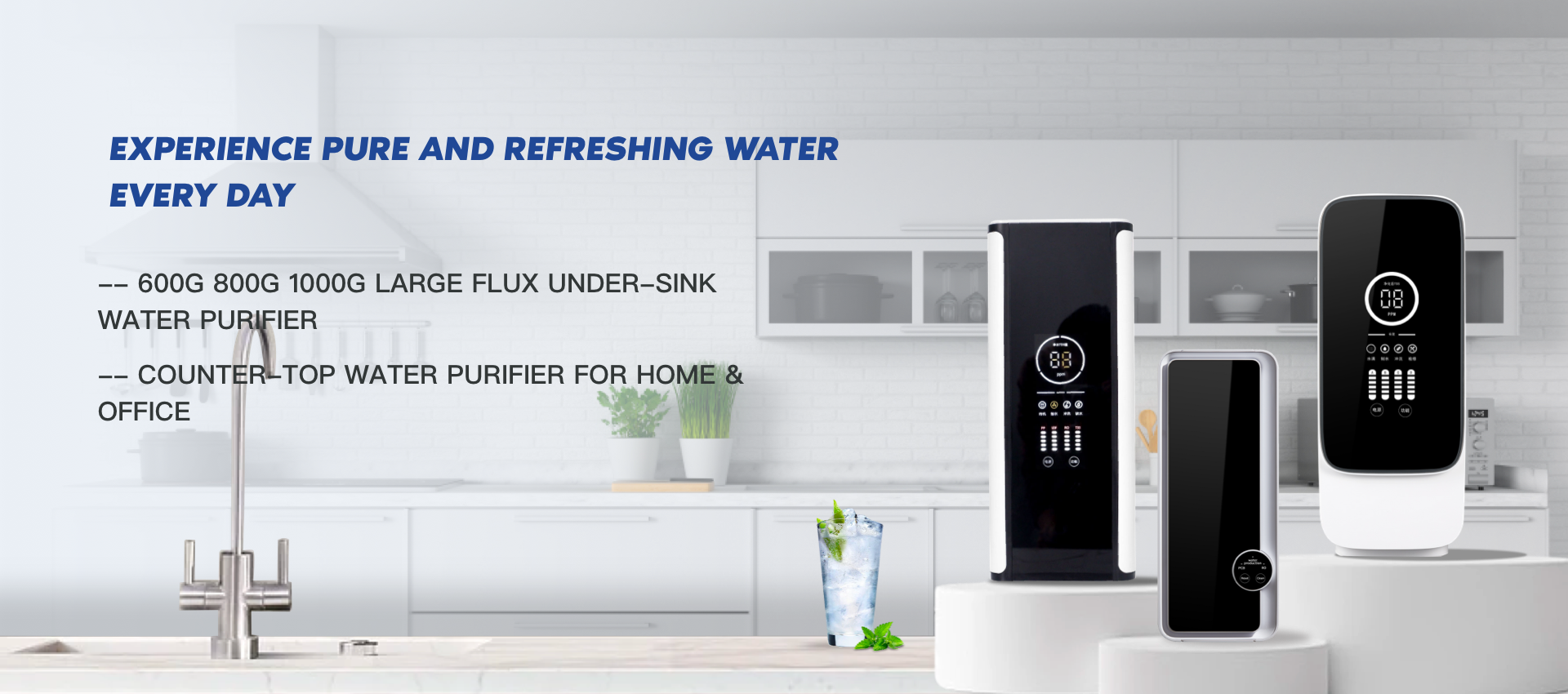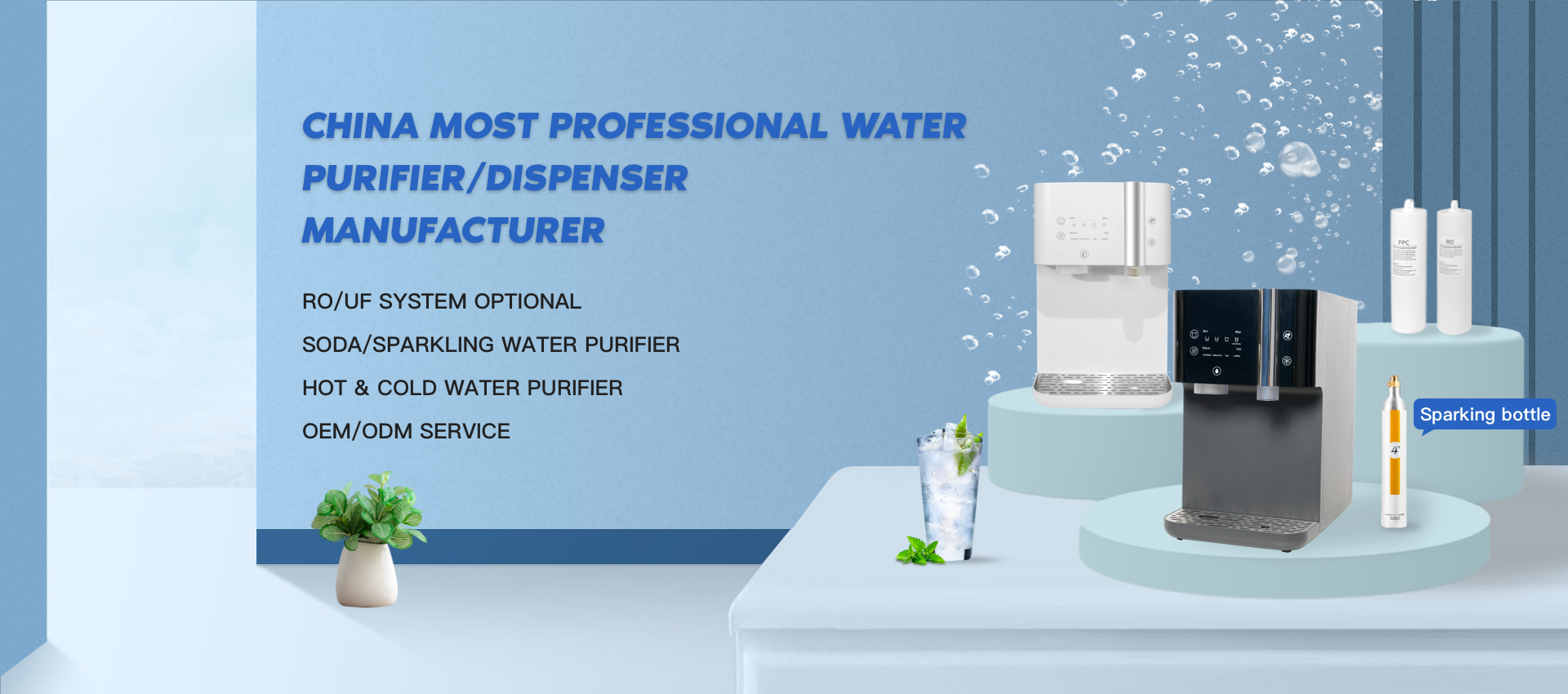A reverse osmosis system removes sediment and chlorine from water with a prefilter before it forces water through a semipermeable membrane to remove dissolved solids. After water exits the RO membrane, it passes through a postfilter to polish the drinking water before it enters a dedicated faucet. Reverse osmosis systems have various stages depending on their number of prefilters and postfilters.
Stages of RO systems
The RO membrane is the focal point of a reverse osmosis system, but an RO system also includes other types of filtration. RO systems are made up of 3, 4, or 5 stages of filtration.
Every reverse osmosis water system contains a sediment filter and a carbon filter in addition to the RO membrane. The filters are called either prefilters or postfilters depending on whether water passes through them before or after it passes through the membrane.
Each type of system contains one or more of the following filters:
1) Sediment filter: Reduces particles like dirt, dust, and rust
2) Carbon filter: Reduces volatile organic compounds (VOCs), chlorine, and other contaminants that give water a bad taste or odor
3) Semi-permeable membrane: Removes up to 98% of total dissolved solids (TDS)

1. When water first enters an RO system, it goes through prefiltration. Prefiltration typically includes a carbon filter and a sediment filter to remove sediment and chlorine that could clog or damage the RO membrane.
2. Next, water goes through the reverse osmosis membrane where dissolved particles, even too small to be seen with an electron microscope, are removed.
3. After filtration, water flows to the storage tank, where it is held until needed. A reverse osmosis system continues to filter water until the storage tank is full and then shuts off.
4. Once you turn on your drinking water faucet, water comes out of the storage tank through another postfilter to polish drinking water before it gets to your faucet.
Post time: Apr-28-2023





